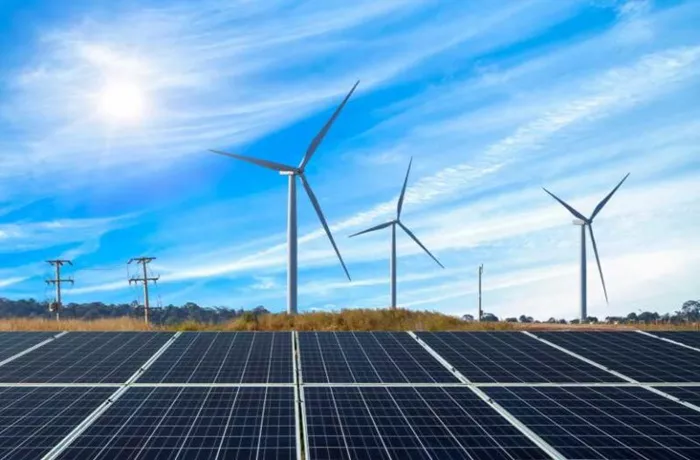As the renewables sector embarks on an unprecedented wave of global construction, new challenges are emerging that could significantly impact insurance claims. The latest report by GCube Insurance highlights a surge in complex construction claims due to contractor errors, natural catastrophes, and extreme weather events.
The report, titled Arrested Development: Managing Complex Claims in the Boom-and-Bust World of Renewables Construction, draws from a decade of proprietary claims data, revealing $1 billion in Construction All Risks (CAR) and Delay in Start-Up (DSU) claims across both onshore and offshore projects.
Key findings from the report include:
- Contractor Error and Defect: These remain the predominant causes of offshore wind losses, accounting for 63% of claims frequency in 2022, up from 55% in 2020.
- Cyclical Patterns: Increased offshore construction activity has historically been accompanied by a rise in insurance claims, creating a cyclical ‘boom and bust’ pattern.
- Onshore Losses: For onshore wind and solar projects, natural catastrophes (Nat Cat) and extreme weather account for 48% of severe losses, with contractor errors and defects contributing 16%.
- Weather-Related Costs: Flooding and heavy rainfall are the most expensive weather events, representing 18% of claims frequency but 46% of total claims cost.
The report underscores that while construction loss trends generally align with operational project patterns, the impact of human error and weather-related events can be more severe during the construction phase, leading to more intricate and costly insurance claims.
Fraser McLachlan, CEO of GCube, notes that the current boom in new projects is coupled with unprecedented natural catastrophe threats and a shortage of skilled workers and specialized equipment. “The Delay in Start-Up (DSU) claims process will only grow more complex,” McLachlan warns.
GCube’s report highlights the importance of long-term sustainability in offshore construction, suggesting a focus on successful project outcomes and a stable pool of skilled contractors and vessels. For onshore projects, preventing Nat Cat losses exacerbated by human error remains crucial.
As construction activity intensifies, GCube advises asset owners to:
- Develop a robust baseline project plan with comprehensive monitoring.
- Understand insurance policies and seek expert advice as needed.
- Build reliable contacts within the supply chain to ensure quality control.
McLachlan emphasizes the need for enhanced risk management and collaboration between insurers and insured parties. “The upcoming construction phase and the increasing impact of extreme weather necessitate a high level of risk management and expertise,” he says. “Collaboration throughout the project lifecycle will be key to minimizing disruptions and unforeseen costs.”
Related topics:
- New Digital Camera Standards Set to Revolutionize Agricultural Technology
- Advanced Construction Robotics Unveils Third-Generation TyBOT for 2025
- i3PD Joins STMicroelectronics Partner Program to Accelerate Innovation

